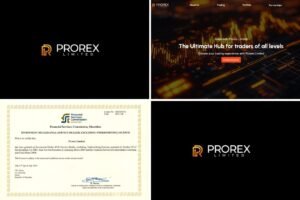Gold Tokenization in Indonesia Is Surging in 2025—Here’s What’s Changing and Why It Matters
The Reinvention of Gold: Why Indonesia’s Legacy Asset Is Going Digital
In 2025, gold remains one of Indonesia’s most trusted forms of wealth—culturally respected, financially reliable, and widely accepted across all layers of society. But what’s changing isn’t the value of gold itself—it’s the way it’s being owned, accessed, and mobilized. Thanks to blockchain innovation, gold tokenization Indonesia is gaining serious traction. This process allows Indonesians to buy digital tokens backed 1:1 by physical gold, stored securely in regulated vaults. These tokens can be held in crypto wallets, traded on decentralized platforms, or even used in broader financial applications. As Web3 infrastructure becomes more accessible and local platforms adopt tokenized models, gold ownership is no longer reserved for those with large capital or access to banks. It’s becoming digital, divisible, and immediate. This evolution is not erasing tradition—it’s amplifying it.
Indonesia’s 2025 Market Readiness for Tokenized Gold
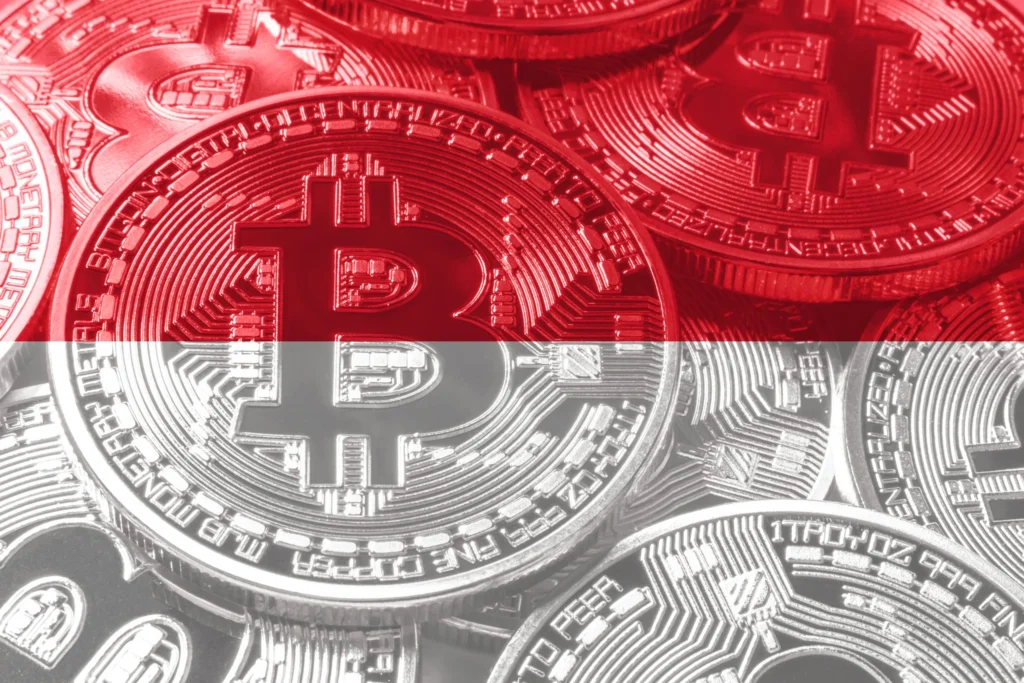
Source: FREEMAN LAW
The conditions for the rapid rise of tokenized gold in Indonesia have never been more favorable. Smartphone penetration exceeds 80%, the government has issued clearer guidelines for crypto asset regulation, and digital financial literacy is growing across demographics. Many Indonesians, especially the younger generation, are seeking ways to protect their wealth amid inflation and economic uncertainty, without giving up the benefits of liquidity and flexibility. This is where gold tokenization Indonesia finds its sweet spot. In 2025, a growing number of platforms offer access to tokenized gold starting from just a few thousand rupiah, allowing users to buy in tiny fractions. The simplicity and transparency of these systems appeal to a population already familiar with saving in gold, but now eager to do so with modern tools that fit their on-the-go lifestyles.
Digital Gold Is No Longer Just for Holding—It’s for Using
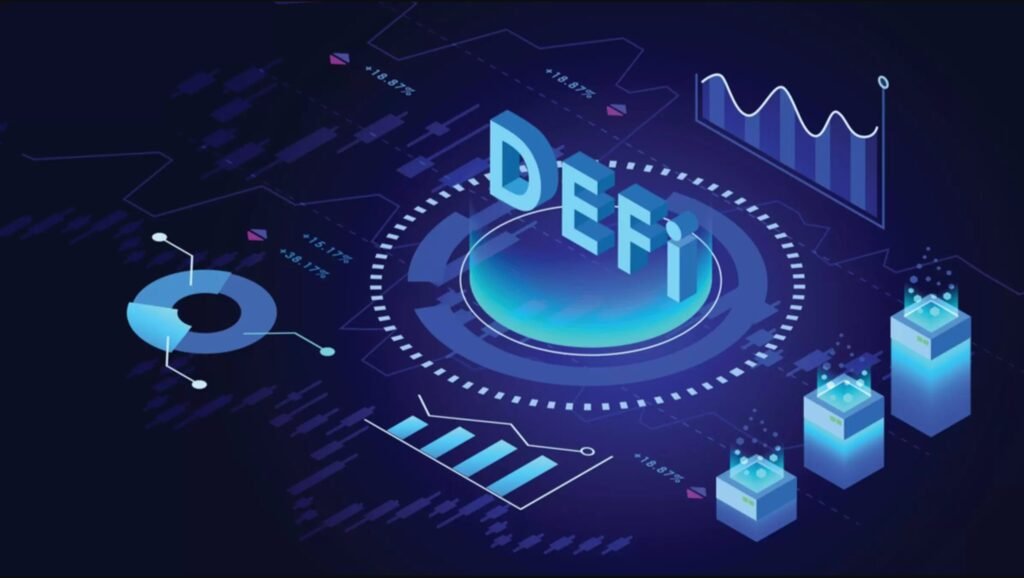
Source: Coin98 Insights
One of the most important shifts happening in 2025 is the repositioning of gold from a passive store of value to an active digital asset. Through decentralized finance (DeFi) protocols, tokenized gold can now be deployed to earn yield, used as collateral for loans, or added to automated savings strategies. In effect, gold tokenization Indonesia is enabling people to do more with their gold than ever before—without needing to sell it. The token acts like programmable money, while still maintaining the stability and trustworthiness of real gold. This utility is particularly compelling in Southeast Asia’s volatile financial landscape, where traditional assets often come with liquidity and security trade-offs. Tokenized gold is offering the best of both worlds—tangible backing and digital flexibility—allowing users to preserve wealth and grow it at the same time.
Platforms Evolve: Security, Transparency, and Local Trust
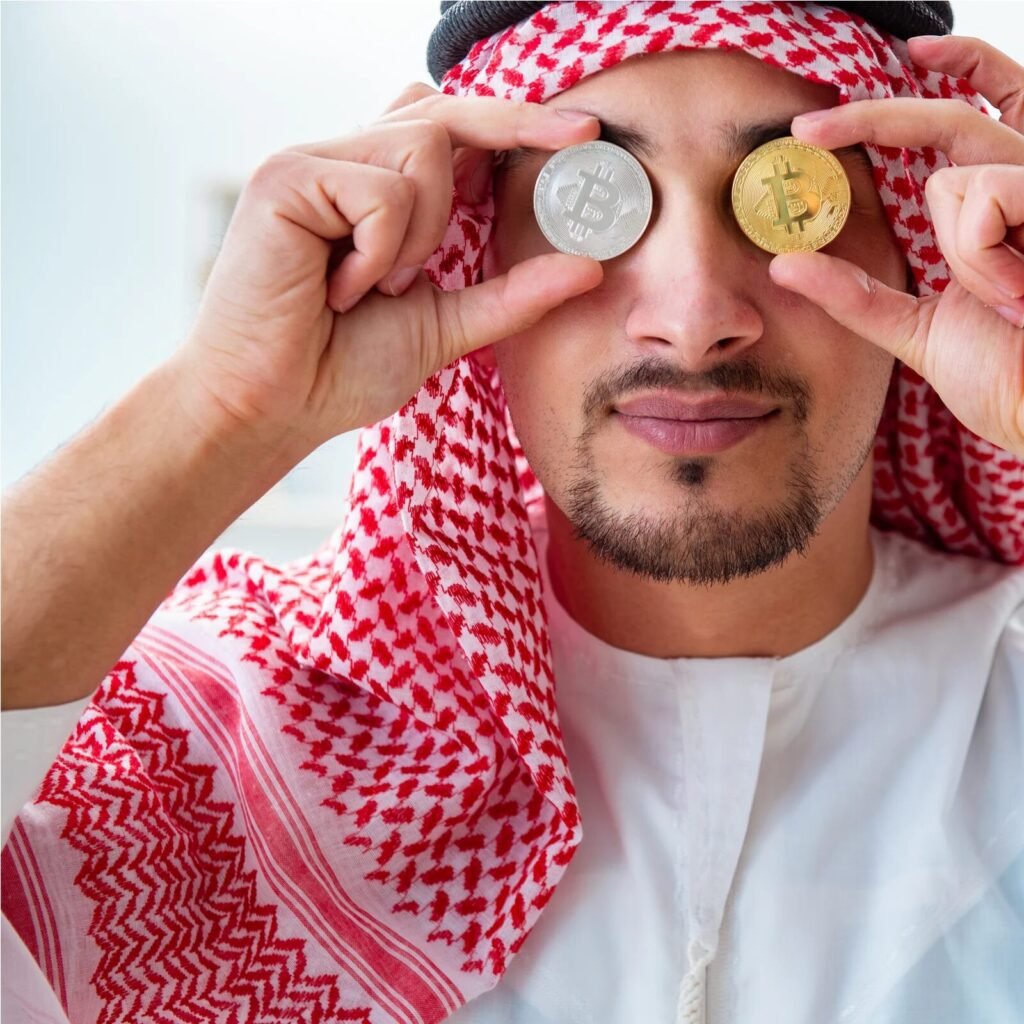
Source: Bitcoin.com
In response to increased demand, platforms offering tokenized gold have matured significantly by 2025. The best services now emphasize not just access, but trust. These include on-chain verification of physical gold reserves, public smart contract audits, and detailed transparency reports that users can review at any time. Some Indonesian platforms have also begun partnering with established sharia-compliant custodians, making tokenized gold more appealing to the Muslim-majority population. Importantly, users now expect full self-custody—meaning they want to control their tokens in personal wallets rather than leaving them on centralized apps. This push for decentralization is central to the evolution of gold tokenization Indonesia: trust is no longer assumed, it’s engineered into the system. And in an environment where financial scams and unstable platforms are still risks, transparency has become a competitive edge.
Gold Tokenization Indonesia: The Role of Regulation and Institutional Support in 2025
Another key driver behind the growth of tokenized gold is regulatory clarity. In 2025, BAPPEBTI and OJK have both signaled stronger oversight of digital commodity products, including gold-backed crypto assets. While some early platforms struggled with compliance, the newer generation is embracing regulation as a strategic advantage. Licensed custodians, insured vaults, and registered digital exchanges are now forming a safer environment for investors to enter the market. This shift has also opened doors for traditional institutions—such as banks and Islamic finance cooperatives—to explore tokenized gold products of their own. The fact that gold tokenization Indonesia now sits within a semi-formal legal structure gives everyday users more confidence to participate, while also attracting fintech collaborations and cross-border interest from neighboring Southeast Asian economies.
Interoperability and Cross-Border Use Cases Are Emerging
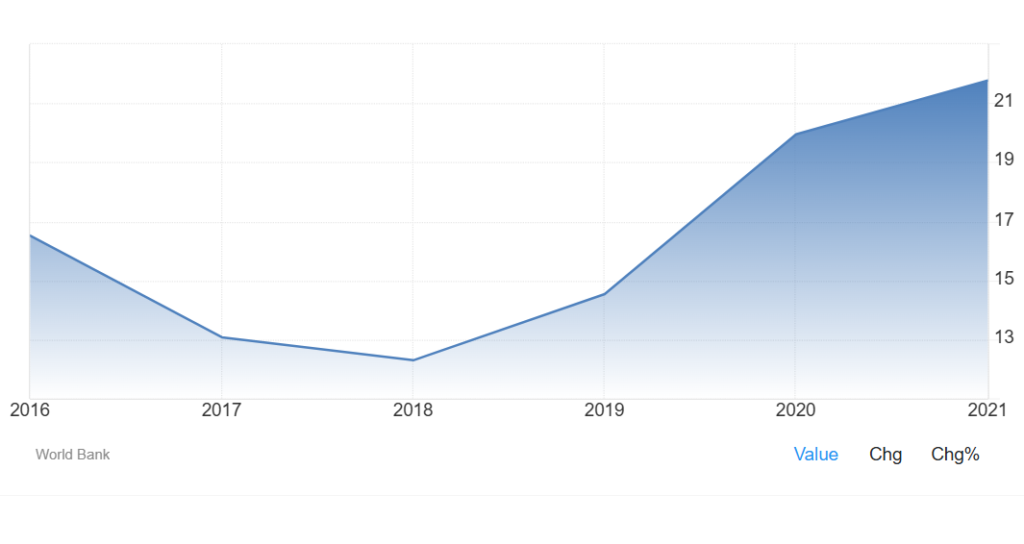
Source: Trading Economics
Beyond Indonesia’s borders, gold tokenization is starting to take on a regional role. In 2025, tokenized gold is being looked at as a medium for cross-border remittances, particularly for migrant workers in Malaysia and the Gulf countries. Unlike fiat currencies, tokenized gold can be sent peer-to-peer without intermediaries, while maintaining stable value over time. As more Indonesian platforms adopt cross-chain and multi-wallet interoperability, gold tokenization Indonesia could position itself as a hub for decentralized gold liquidity across ASEAN. This is not just a technical upgrade—it’s a financial inclusion milestone. Indonesians abroad may soon be able to send wealth home in digital gold form, bypassing costly remittance fees and delays. The idea of gold as both a savings tool and a functional medium of exchange is finally becoming real.
Looking Ahead: Gold Tokenization Indonesia- How Gold Will Fit Into Indonesia’s Financial Future
The trajectory of gold tokenization in Indonesia in 2025 is clear—upward and increasingly mainstream. But what comes next? Several trends are emerging: deeper DeFi integrations, tokenized gold being used for charitable giving (zakat and waqf), and tokenized gold becoming part of retirement and micro-pension programs. There are also efforts to embed tokenized assets into government-sponsored financial literacy campaigns, especially in rural provinces. As Web3 education grows, more Indonesians are learning not only how to buy digital gold, but how to use it, transfer it securely, and build financial plans around it. The result is a major shift in behavior: gold is no longer seen as something to buy and forget—it’s becoming part of everyday finance. In the context of gold tokenization Indonesia, this is nothing short of a paradigm shift for how wealth is preserved, accessed, and moved across generations.
Conclusion: In 2025, Gold Tokenization in Indonesia Isn’t Just a Trend—It’s a Transformation
What we’re seeing in 2025 is more than a digital upgrade to gold investing. It’s a profound reimagining of how Indonesians interact with one of their oldest and most trusted forms of wealth. Gold tokenization Indonesia is enabling accessibility without sacrificing security, enabling utility without erasing cultural legacy. It’s making gold lighter, faster, and more inclusive—while retaining everything people value about it. In an era where economic resilience and digital adaptability are crucial, tokenized gold isn’t just an innovation. It’s a practical evolution of financial behavior in one of Southeast Asia’s most dynamic economies. And it’s only getting started.



